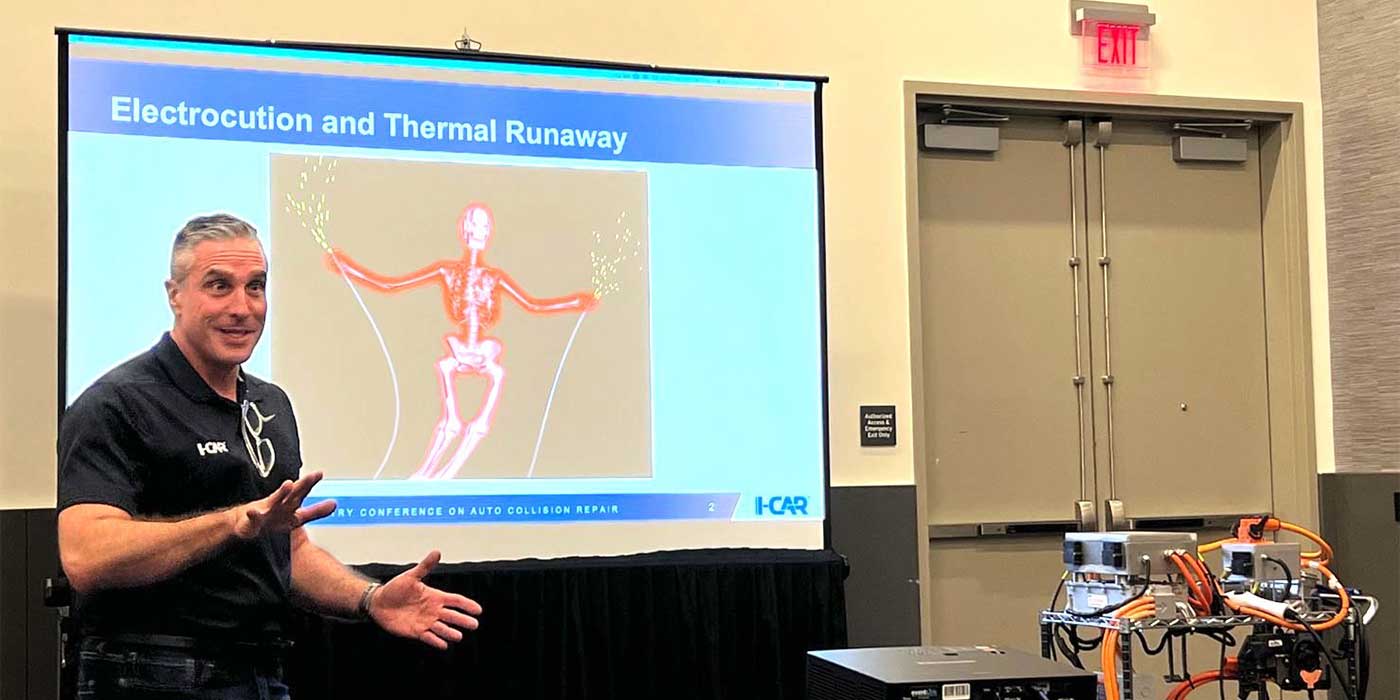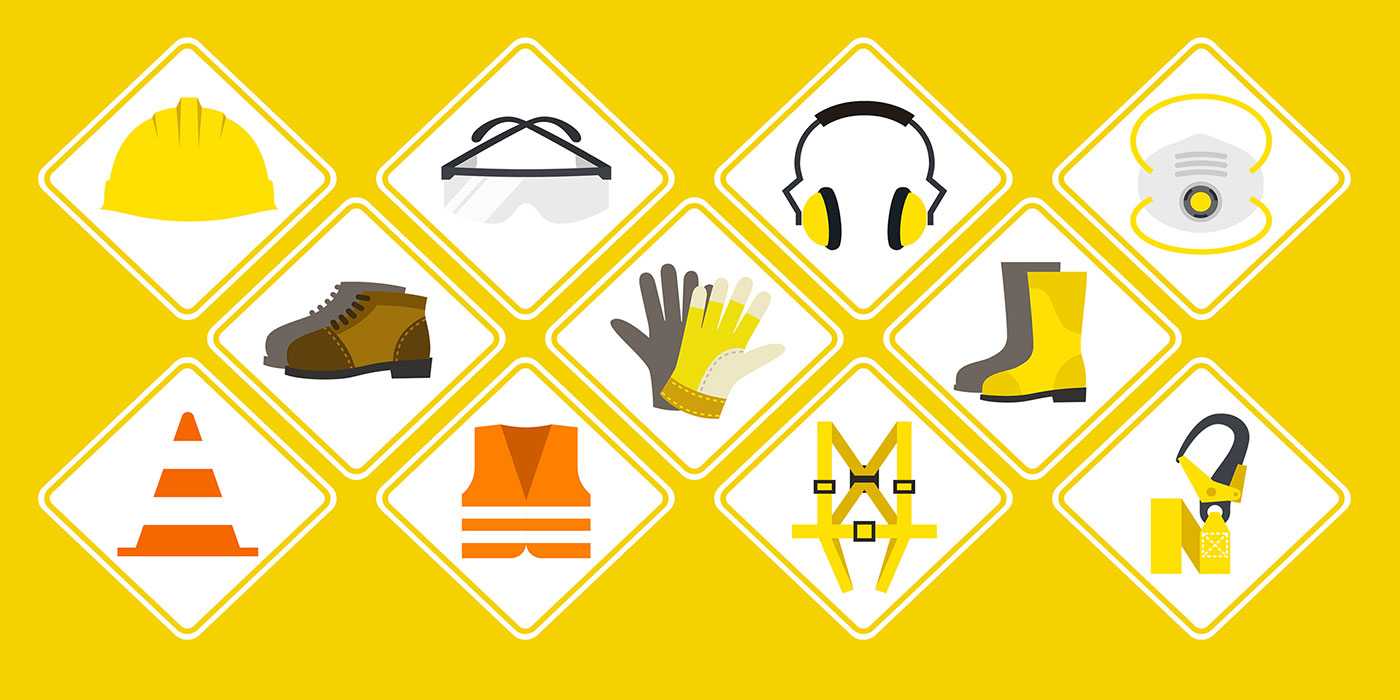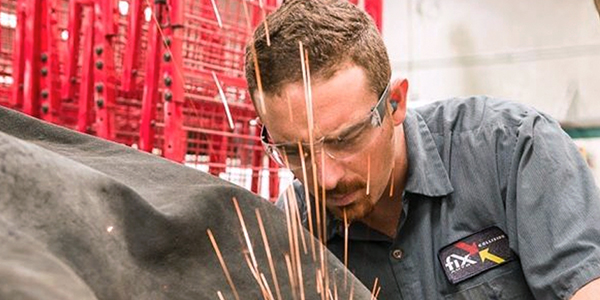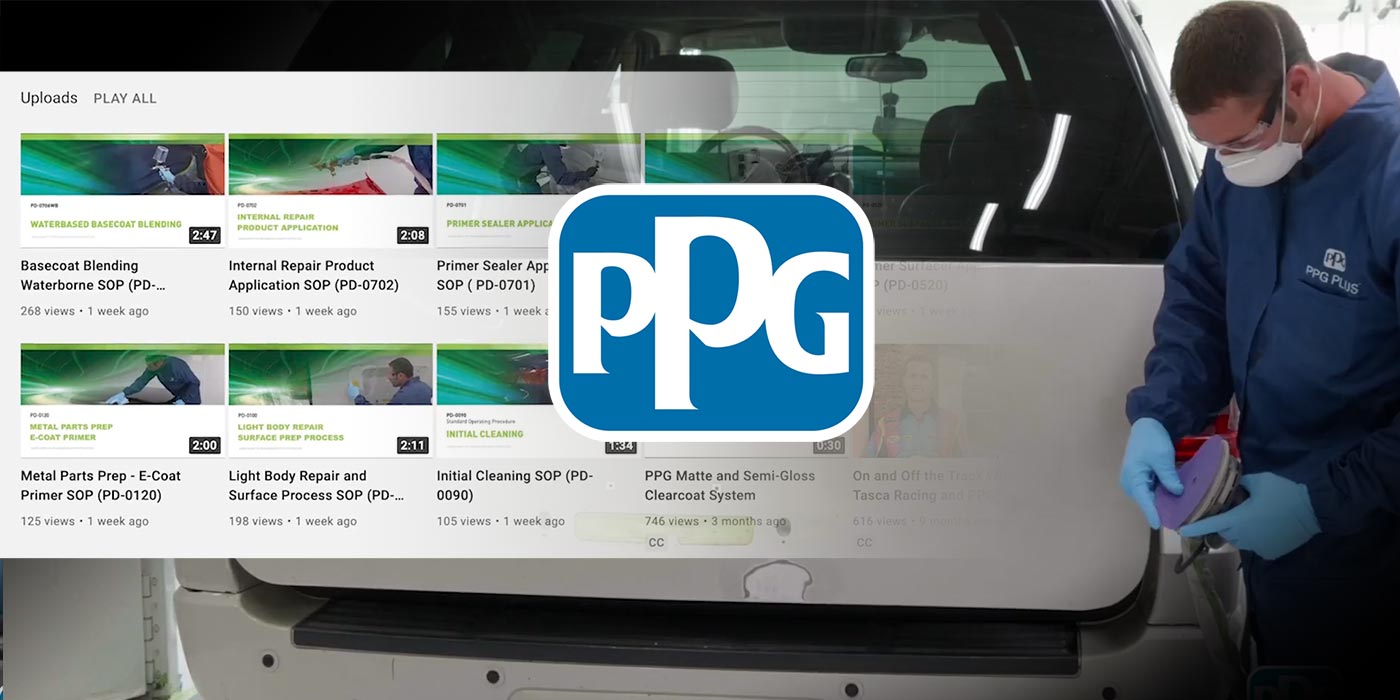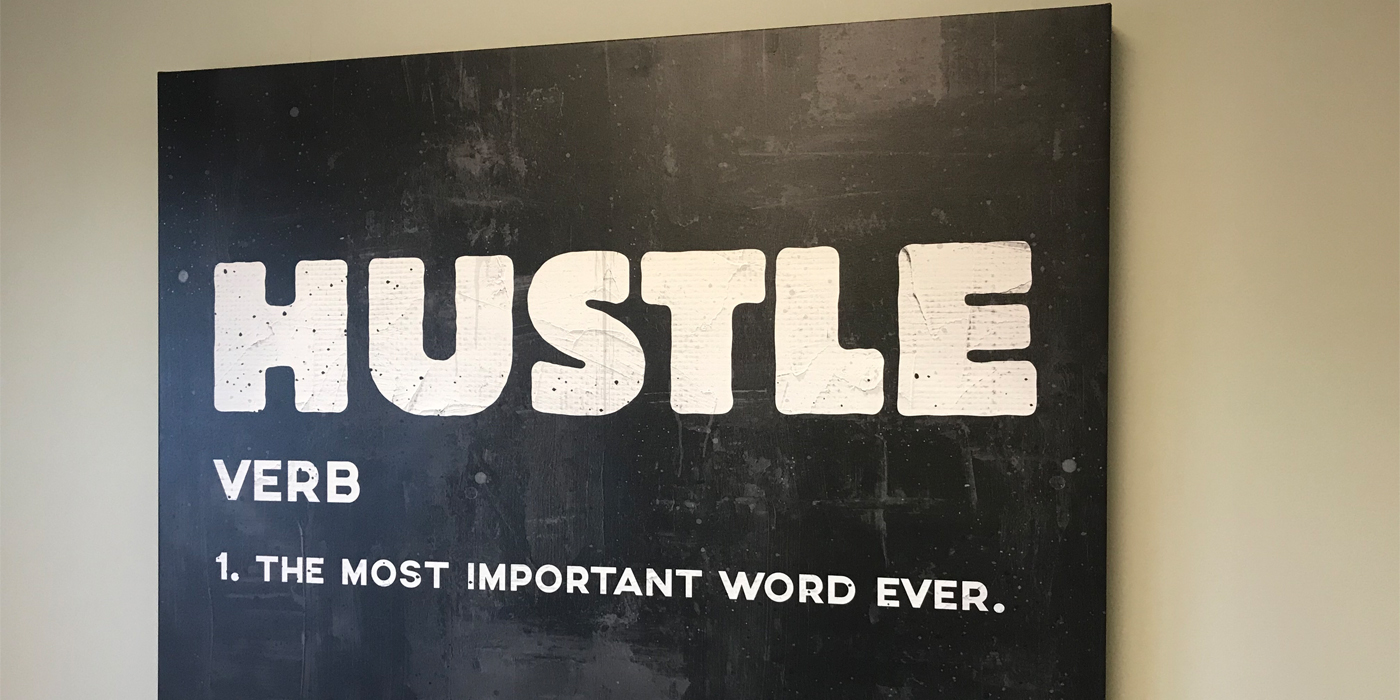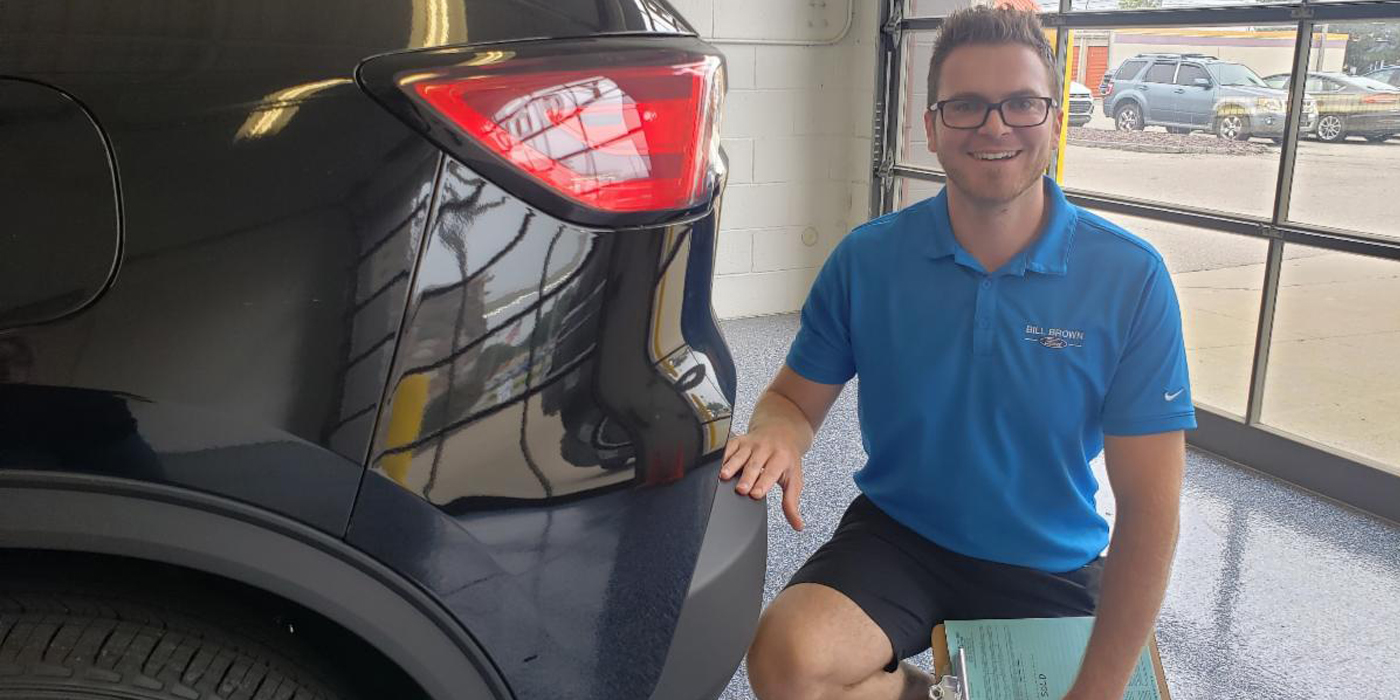Let me start this month’s article by saying that I believe our organization’s ability to deliver the best quality and speed performance at competitive price points is critical to our continued success.
Creating and delivering the best quality and speed at competitive price points requires a commitment to standard operating procedures (SOPs). I believe that job instruction is our best option to implement SOPs. I’ve received education on job instruction training and believe in its effectiveness.
The Law of Entropy
We begin new hire training with a version of job instruction training. We continually revise our job instruction breakdowns (JIBs) that are the training guides to each SOP.
It’s the law of entropy in action: all things, if left unattended, revert to chaos. Consider these simple examples: The minute new tires are installed on a car, they begin to wear. A newly paved road begins to return to its prior state as soon as vehicles start driving on it. To keep tires from wearing out, we have our vehicles aligned and tires balanced, and monitor and maintain the correct tire pressure. Roadways require never-ending maintenance.
Processes and Best Practices
Now let’s shift to our processes and best practices. Just like the tires and roadways, process improvements often slip back because of a lack of continuous improvement.
We introduced micro-bagging years ago – a simple process for inspecting and putting hardware and small parts in plastic bags during our disassembly process.
Here’s how it’s supposed to work: as our disassembly technician removes a part, they use a quart-sized baggie and label it with the component name, ex. “front bumper.” Next, as the bumper is disassembled, all subcomponents are labeled and stored in smaller bags. Take a bumper that has 10 different clips or hardware components – we’ll label 10 small baggies by subcomponent name. Example: lower bumper, R&L, sides to fenders, upper bumper to radiator support, etc. Now, all subcomponent bags are passed in the large component bag. When done exactly to this standard, the results are great.
Micro-bagging was working well for us for a while, but then for some reason, people stopped using the standard, took shortcuts or just disregarded the process. Executing a consistent, repeatable process is not an easy goal to achieve for a shop of any size. With 19 shops in our network, consistency is critical to success. So how do we get 19 shops with roughly 38 disassembly technicians to consistently execute the micro-bag process? How do we get our 40 guest service representatives to deliver consistent services that result in high customer satisfaction and loyalty? How do we get 40 parts coordinators to all handle ordering, receiving, inspection and delivery of parts to the technician?
Thomas Edison was once asked if he was discouraged with the failure of his 10,000th attempt at developing the light bulb. “Discouraged?” said Edison. “I know 10,000 ways that don’t work and I am getting closer all the time.”
Like Edison, we’ve learned 10,000 ways process consistency fails and we’re getting closer
every day.
SOP Improvement
We’re focused on improving our SOPs and job instruction training. Our SOPs, like many in the industry, are a high-level, top-down definition of a process.
For example, here is our SOP for vehicle check-in:
- Wash/dry vehicle
- Check interior for dash lights
- Add information grid to door glass
- Add windows-up X
- Identify and mark unrelated damage
- Mark loss area
- Take pictures
- Notify guest services representative
SOPs are important to us. They serve as the current standard and baseline for continuous improvement. Without SOPs, we would have a hard time on-boarding new employees and identifying improvement opportunities
SOPs serve as high-level best practices documents. We’ve have found that SOPs are necessary, but the real opportunity is to deliver more effective training – one that would enable us to achieve the level of consistency we strive for. This is where job instruction training comes in.
Job Instruction Training
Job instruction training is a simple method of documenting training content and delivering training. Unlike SOPs, it focuses on the details.
Let’s take the SOP, “wash exterior of vehicle.” Following is our job instruction breakdown for this, as well as other activities with SOPs. The SOP includes eight steps, and the job instruction breakdown consists of eight one-page documents developed for use as a training tool.
Training begins by having the student watch the vehicle being washed by an expert. Next, the student will perform the wash while the instructor watches and corrects the student as necessary.
Summary
I would love to go into more detail on job instruction training, but I would need a lot more space. If you would like to learn more, I suggest you check out, “The Twi Workbook: Essential Skills for
Supervisors.”
Joe Carubba, president and CEO of Carubba Collision Corp., has grown the company from the 5,500-square-foot shop started by his dad in the 1950s to 19 locations today across upstate New York. He can be reached at [email protected].




